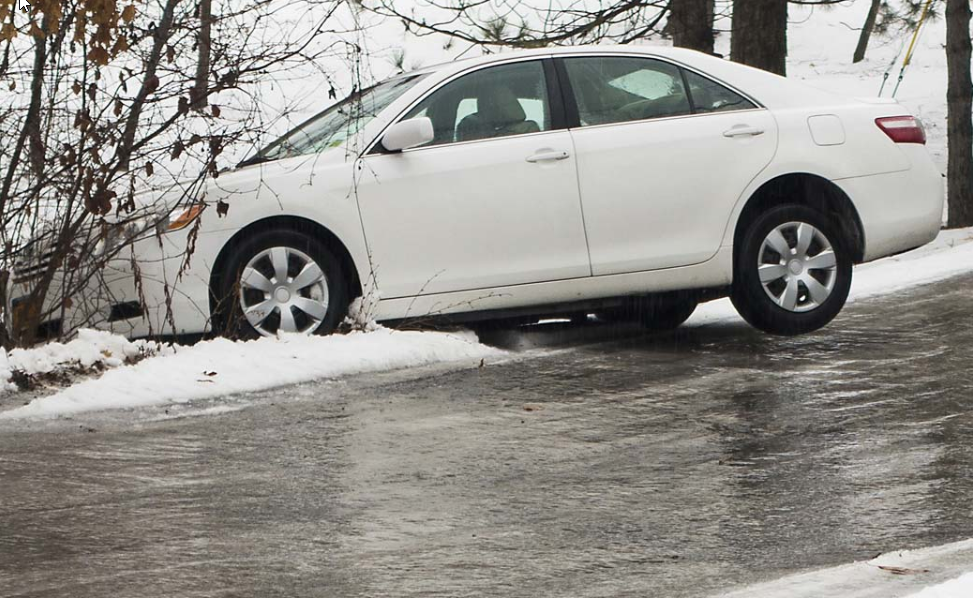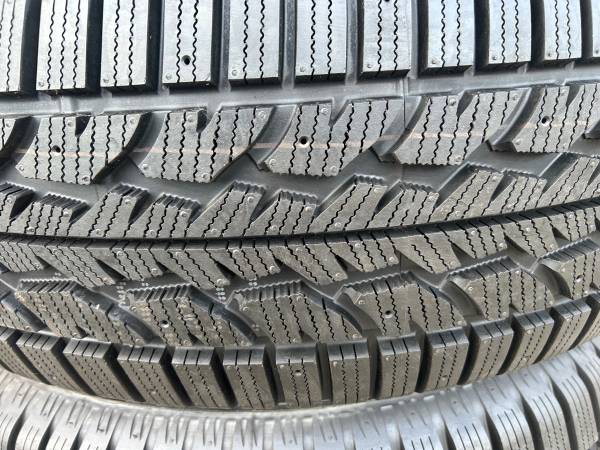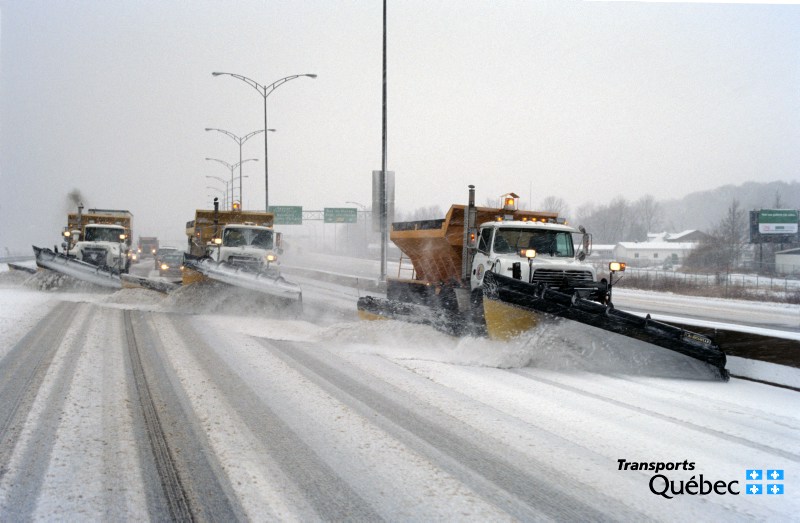
As the mercury dips and snow blankets the roads, Canadian drivers face the challenge of navigating treacherous winter terrain. Finding premium winter tires is essential for safety and strong performance. Picture this: icy roads, swirling snowdrifts, and that uneasy feeling when your car starts to slide. Luckily, premium winter tires can transform this daunting experience into a manageable drive. It is much like having a reliable friend by your side.
Premium winter tires are not merely a seasonal gimmick. They’re a crucial component of safe driving in cold climates. Designed to perform in harsh conditions, these tires offer enhanced traction, grip, and durability. They are indispensable for tackling icy roads, packed snow, and slushy streets. However, not all winter tires earn the title of “premium”; like a gourmet meal compared to a microwave dinner, their quality ranges from exceptional to barely adequate.
This second part of our “Premium Winter Tires Guide” article delves into differences between premium winter tires, medium-quality options, and mediocre choices. We’ll offer insights to help you make informed decisions when gearing up for winter. We also look at tire technology, demystify the language of tread patterns, and illustrate these differences with real-world scenarios. You’ll understand what sets premium tires apart and which mid-range models offer decent performance. You’ll also gain clarity on why some budget options might leave you slipping and sliding, so you’ll be prepared to choose the premium winter tires for your vehicle and peace of mind.
Characteristics of Medium Winter Tires

When searching for a balance between performance and price, medium winter tires can be a sensible option. These tires offer reliable winter performance for drivers not facing the harshest conditions, providing a middle ground between premium and budget options. Let’s explore their characteristics and how they stack up in real-world scenarios.
Tread Design and Material
Medium winter tires, like the Firestone Winterforce 2 and General AltiMAX Arctic, feature tread designs balancing performance and cost. Although they might not have advanced silica compounds, they use solid rubber that stays flexible in the cold. Their tread patterns include wide grooves and sipes, providing decent traction and water evacuation. For instance, the General AltiMAX Arctic uses a directional tread pattern. This design helps maintain grip in snow and slush, which is essential for suburban roads like those in Pierrefonds.
Performance in Real-World Conditions

In tests, medium-tier tires perform well under moderate winter conditions compared to premium and budget counterparts. Medium tires excel in light to moderate snow and icy streets, like those on Île-Bizard’s winding roads. While they might not match top-tier models’ precision in extreme conditions, they offer good traction and handling. Local drivers often share anecdotes about their stability during routine commutes. This is particularly true on streets where snow removal might not be swift.
Popular Brands and Models at Autotech Performance
Autotech Performance offers reliable options in the medium winter tire category. Examples include the Firestone Winterforce 2 and General AltiMAX Arctic. The Firestone Winterforce 2 is known for its good traction in wet conditions. It handles packed snow well, making it ideal for urban driving in areas like Dollard-des-Ormeaux. Meanwhile, the General AltiMAX Arctic is praised for its durability. It provides consistent performance and peace of mind during unpredictable Montreal weather.
Pricing and Market Position
Medium-tier winter tires offer a cost-effective solution for drivers seeking dependable performance without the high premium model price. They fill a niche by offering better winter capabilities than budget options, though without high-end tire features. These tires cater to drivers facing moderate winter conditions who still desire quality and reliability. For those primarily in urban or suburban settings, where roads are often cleared, medium-tier tires are ideal.
In summary, medium winter tires are practical for maintaining safety and reliability without breaking the budget. Their features are designed to handle everyday winter challenges, keeping drivers prepared for seasonal demands. This is especially true in the West Island of Montreal and similar areas.
What Makes a Tire Mediocre?

In winter tires, some options may tempt you with low prices but fail to ensure safety and reliability. These mediocre tires often cut corners, which leads to compromised materials and design. Here’s what distinguishes them and why choosing these tires can be a false economy.
Subpar Material Quality
Mediocre tires often use inferior rubber compounds that become rigid in cold temperatures. This poor quality results in tires that fail to adhere to icy and snowy surfaces. Inferior compounds also lead to quicker wear and tear, reducing the tire’s effective lifespan. Imagine driving in temperatures well below freezing, common in Montreal winters. In such conditions, these tires may not only lose grip but can also crack or degrade prematurely.
Scenarios of Winter Tire Failure
Common failure points in mediocre tires become evident during winter’s worst. For example, on steep, icy roads like Montée de Liesse, where traction is crucial, these tires might slip dangerously because they are unable to provide the necessary grip. Without adequate tread depth or flexible compounds, they struggle in snow and ice, making everyday tasks like stopping at an icy intersection a risky endeavor.
Limited Grip and Inefficiency
Design deficiencies in these tires often lead to compromised safety. Tires with overly simplistic tread patterns lack sufficient sipes and grooves to channel slush and water because of these features, increasing the risk of hydroplaning on wet surfaces. In suburban settings, such as rapidly changing weather on Rue Bord-du-Lac, Lakeshore Pointe Claire, this inefficiency can manifest as vehicles skidding uncontrollably, posing a significant hazard.
Examples of Lower End Tires
While it might be tempting to grab the cheapest option off the shelf, examples of low-end tires serve as cautionary tales. These tires generally earn poor ratings for both traction and durability. In real-world conditions, they might leave drivers unprepared for unexpected winter challenges, such as sudden snowstorms or the black ice patches commonly found on less-traveled roads like those in Senneville.
Common Pitfalls
Cheap winter tires often lack essential safety features. For instance, they lack reinforced sidewalls for stability or advanced tread compounds. This can lead to a range of problems, from poor handling and long braking distances to increased vulnerability to punctures. As a result, drivers might find themselves facing increased maintenance and repair costs.
Hidden Costs and Risks
While mediocre tires may seem economical upfront, their hidden costs quickly accumulate. Frequent replacements due to rapid wear, potential accidents from inadequate grip, and even increased fuel consumption due to inefficient tire design can outweigh any initial savings. Additionally, poor performance in winter conditions can lead to accidents, potentially raising insurance premiums and causing damage that demands costly repairs.
Choosing tires involves more than examining the price tag; investing in quality is investing in safety. Mediocre winter tires, with their subpar materials and design flaws, risk more than just your bank balance. They jeopardize the safety of every drive. Opting for better quality ensures you’re prepared for whatever winter throws your way, fostering peace of mind on every journey.
Whats next? Chose the winter tire thats best for you
In the icy grip of Quebec’s winter, the importance of quality winter tires cannot be overstated. Tires are the crucial contact point between your vehicle and the road, influencing safety, performance, and comfort. It is vital to understand what distinguishes superior winter tires. Examples include the Michelin X-Ice Xi3 and Bridgestone Blizzak WS90. Also, explore the characteristics of medium and mediocre options. This guide underscores the importance of informed tire choice.
By investing in high-quality winter tires, you stand to gain enhanced traction, reduced stopping distances, and greater confidence on icy and snowy roads. Those who opt for lesser options may face hidden costs and safety risks that outweigh initial savings. Selecting the right tires ensures a balance between longevity, performance, and cost-effectiveness throughout the challenging winter months.
To know which winter tire is best for you, consider calling, visiting or making an appointment with Autotech Performance Tire Shop, where our extensive selection and expert guidance can help you find the perfect tire solution tailored to your needs. Don’t let the winter catch you off guard—equip your vehicle with tires that provide peace of mind and protect both you and your loved ones on every journey. Good grip!
Best Winter Tires Guide | Part 1
Premium Winter Tires Guide | Part 2
Superior Winter Tires Guide | Part 3



